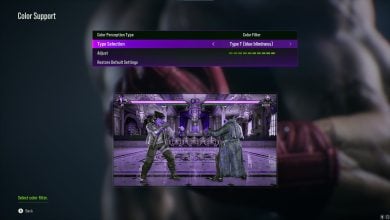Google Stadia was released on November 19, 2019. The cloud gaming service was an attempt by the tech tycoon Google to deliver an alternative to traditional gaming for people with low-end PCs and consoles.
At first, the idea of a cloud gaming service by one of the biggest corporations in the world sounded great on paper. But, it had its flaws.
The company acquired many big names and studios to push Stadia to popularity. Stadia even had exclusive titles under its belt. However, none of it was helping the cloud gaming service keep an active monthly player base.
The biggest issue with Stadia was that you had to buy each game individually, aside from the usual subscription. That separated Stadia from other cloud gaming services like Xbox Game Pass, which offers a whole library of games along with the subscription.
For a market that was already pretty tough to market in, Stadia’s bugs and issues made it even worse for Google to compete.
Google made a lot of promises on Stadia’s release like the gamers would be able to enjoy their favorite games in 4K 60FPS but was unable to follow through.
The performance wasn’t what they promised, which led people to turn to other better options in the cloud gaming market.
The shortage of Stadia controllers was another big contributor to Stadia’s downfall. Despite being a tech giant, Google could not keep up with the small demand for controllers by their already small player base.
After not receiving as much success as they expected, Google opted for a change in strategy. Google shut down its internal game studios in February 2021 to focus solely on streaming.
Even that wasn’t enough to compete in the cloud gaming services market. In the end, Stadia’s general manager, Phil Harrison, announced on September 29, 2022, that they were shutting down the service from January 18, 2023.
For a complete picture of how things started and how they ended for Google’s Stadia, check out our in-depth explanation of what exactly went wrong.

The Verdict
Google had all the money and resources to make Stadia a success. But they played their cards wrong.
Not giving the developers the creative freedom and forcing them to make games that would make their platform look good instead shows the mentality that brought the end of a potentially decent cloud gaming service.
They made promises they couldn’t keep and refused to improve the performance of their platform. That and Google’s lack of interest in the industry were some of the many reasons which kept gamers away from it.
After seeing that they were going nowhere with the cloud gaming service strategy, they decided to focus all their guns on the streaming side. Even then, better alternatives were already available in the gaming industry, and no one had any reason to buy a Stadia.
At the end of the day, Google didn’t truly understand the gaming industry. If it had taken a hint from its competitors on how to treat its partners, employees, and customers, Stadia wouldn’t have had to meet its demise this early.
Thanks! Do share your feedback with us. ⚡
How can we make this post better? Your help would be appreciated. ✍



